All you need to know about the 2023 Toyota GR010
How warm we were in our car... On the morning of Tuesday 8th February, wind gusts of around 90 km/h swept across the Castellet plateau, making it very hostile. But seeing the 2023 evolution of the Toyota GR010 Hybrid evolve is well worth the sacrifice. The Japanese team is hard at work, preparing for three days of testing: the first to work on the set up, the next two for an endurance simulation. In spite of an overloaded schedule at the dawn of a season of which much is expected, Pascal Vasselon, Sébastien Buemi and Mike Conway agreed to give us a little of their time to talk to us about their "new" weapon which, they hope, will enable them to consolidate their status as a reference in Endurance racing that Cadillac, Ferrari, Peugeot and Porsche will try to contest.
WHY REVISE A WINNING CAR?
Introduced in January 2021, the GR010 Hybrid is the first hypercar to hit the track. Once again, it is appropriate to congratulate the Japanese manufacturer for having continued its involvement in the WEC despite the desertion of the opponents. Without it, Endurance racing would not be where it is today.
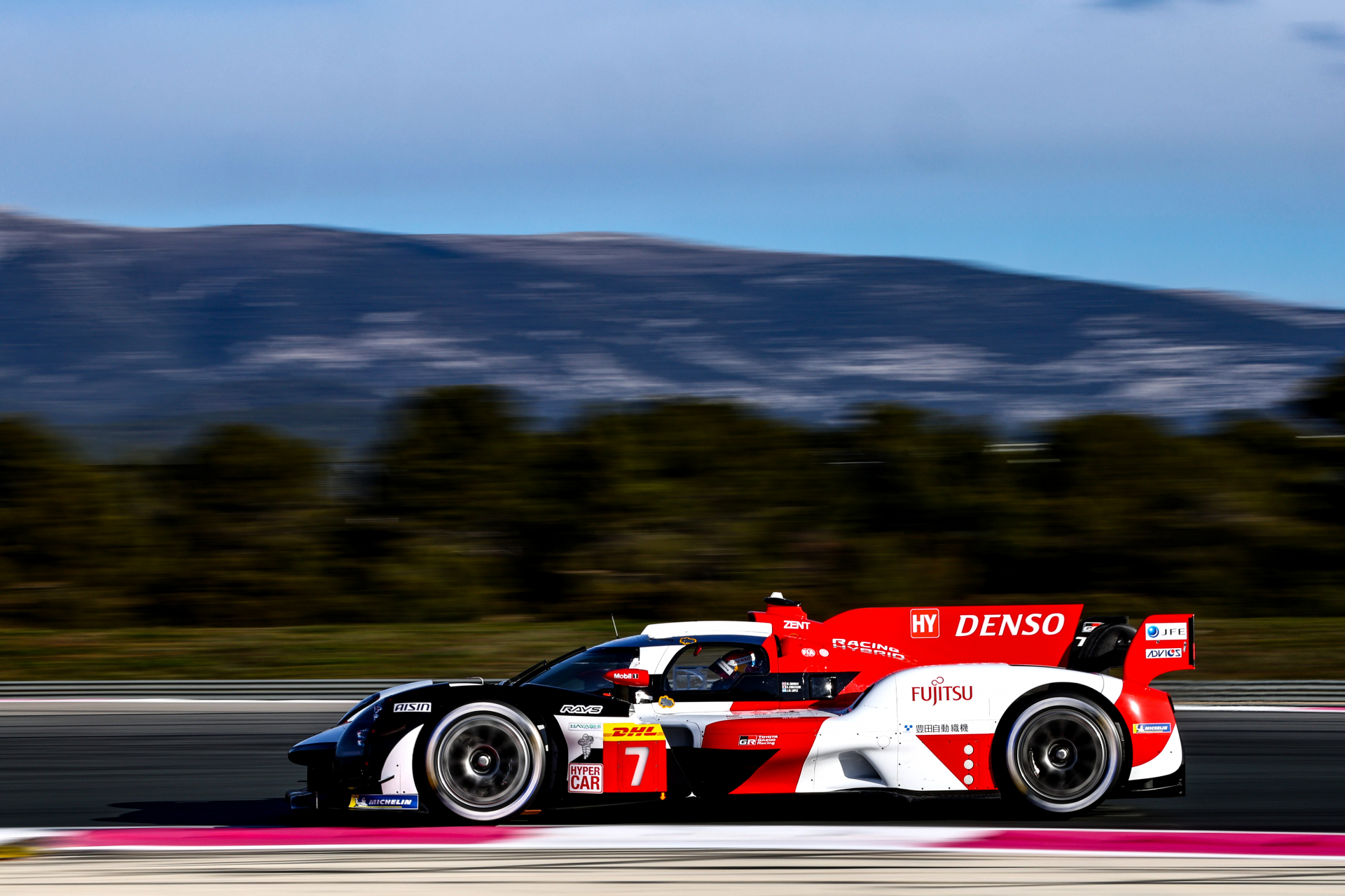
But above all, it should be remembered that the engineers from Cologne and Higashi-Fuji had to deal with a large number of regulatory changes when their creation was already well advanced. Not least the last one, which resulted from the LMH-LMDh convergence and decreased the minimum weight from 1100kg to 1030kg, which put the Toyota Gazoo Racing engineers in a bind. Why are we talking about this? Quite simply because these are the explanations that led Pascal Vasselon and his team to review their copy.
"We had to reduce the weight of the car (by 70 kg in an ideal world), which we did for the most part, but not completely", Pascal Vasselon reminds us. "We had no other choice. But the problem is that by doing so we lost control of the front-to-back mass distribution because we had no ballast at all. The weight ended up being much more on the rear than expected. This is why the car was no longer suitable for the 31 cm wide tyres at the front and rear (it is now 29/71-18 at the front and 34/71-18 at the rear). The change of tyre mount in the 2021-2022 off-season allowed us to remedy this in part. A big evolution which led us to modify the bodywork a little. Now we have taken the next step."
An explanation that echoes the one given to us a few minutes earlier by Sébastien Buemi. "Due to the fact that it was modified because it was designed under various regulations, we found ourselves with a car that was not necessarily easy to drive," conceded the four-time winner of the 24 Hours of Le Mans. "This explains some of the little run-offs that may seem rather strange from the outside. But in a class governed by the Balance of Performance, if you don't necessarily have a great interest in making your car faster, it is important to be confident behind the wheel."
WHAT'S NEW ON THE GR010 HYBRID?

When we tried to get Pascal Vasselon to confirm that Toyota had resorted to a new homologation, the French engineer replied: "This is something that is confidential between the FIA and us. We don't want to communicate on the number of jokers used, but all our evolutions have obviously been validated with the FIA." The most important thing is elsewhere, and concerns these evolutions.
To the naked eye, they are quite subtle. But they are much more important than they appear. Their influence seems, in any case, to be significant. "The car looks the same, but there are still some changes," admits Pascal Vasselon. "Some of them are more visible than others, especially the 'elephant feet'. But it's the whole packaging that has been revised."
These improvements, combined with the regime to which the Japanese Hypercar has been subjected (see below), are supposed to perfect the balance and "benefit the driveability of the car, which is essential in a category governed by the Balance of Performance", continues the French engineer.
We will have the opportunity, in the afternoon, to see that the front wings have also been revised, as has the nose, even if it remains hiden by the same prominent "moustache" as last year. The latter, which last year hid a "front wing", is conspicuous by its absence this year (see HERE). Flaps have appeared at the front while the rear wing is shallower. The result is a car that looks a little less clumsy than the version that has just won 10 races - including two at Le Mans - in 12 starts.
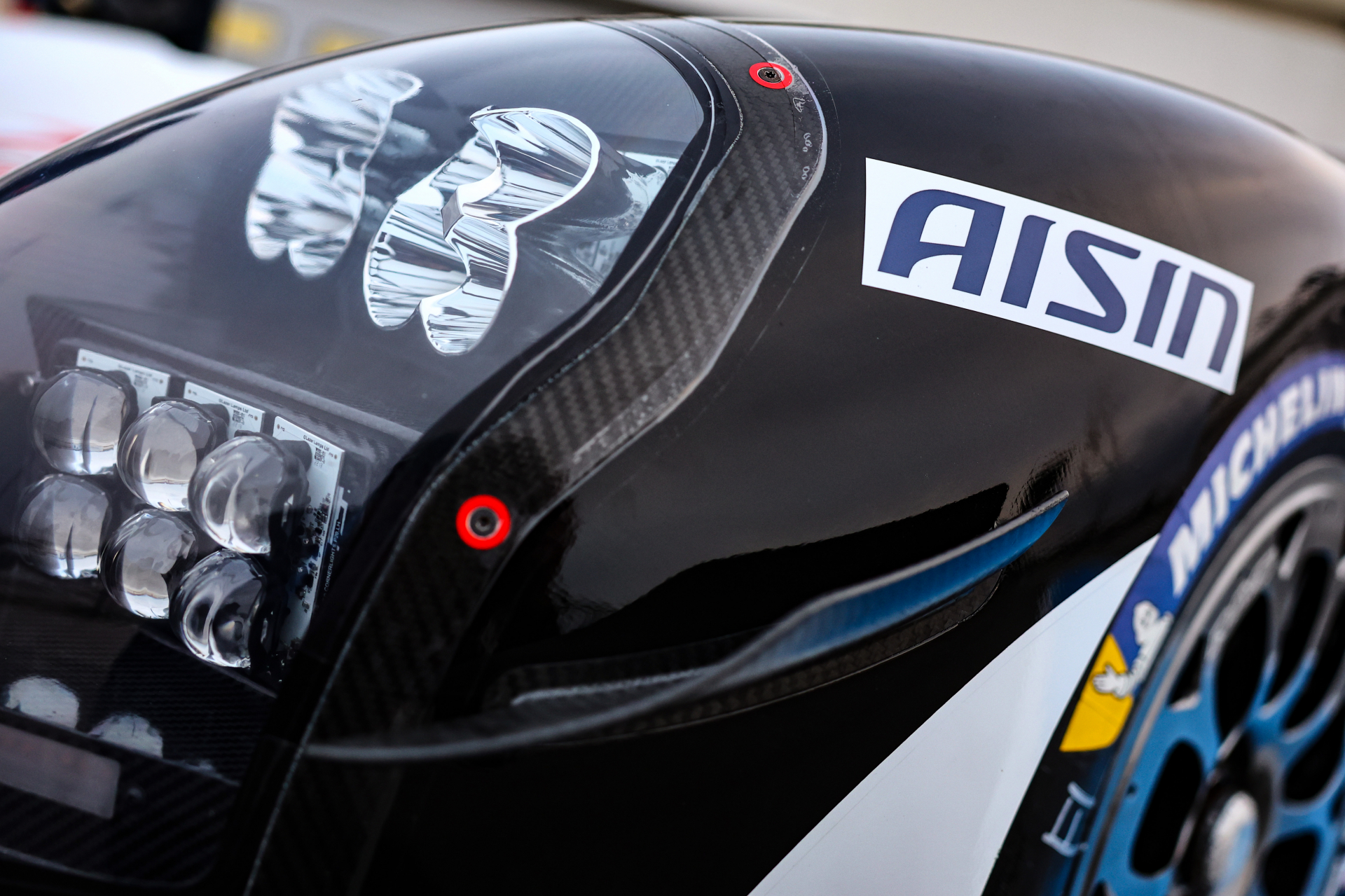
And under the bonnet? "There are some improvements to the engine and chassis", concedes Pascal. "We didn't have any reliability problems last year, but when you take a car apart after a race, you always find little things to improve."
"We have been working on reducing the weight to get closer to the minimum weight because we weren't there last year due to the change in regulations when our car was already finished." Adjustments were made to the powertrain, which - as a reminder - consists of a 3.5-litre combustion engine developing 520 kW (707 bhp) and a 200 kW (272 bhp) electric motor. Some components would have been changed, presumably using lighter materials.
"But we have also made it easier for the mechanics," says Pascal Vasselon. "In particular via a new system that allows the team to easily change the brake scoops (photo below) in order to regulate the quantity of air that is supplied to them. With the hybrid system, cooling them correctly is not easy. Last year, we were sometimes in difficulties because it was difficult to regulate this. This solution should enable us to remedy that."
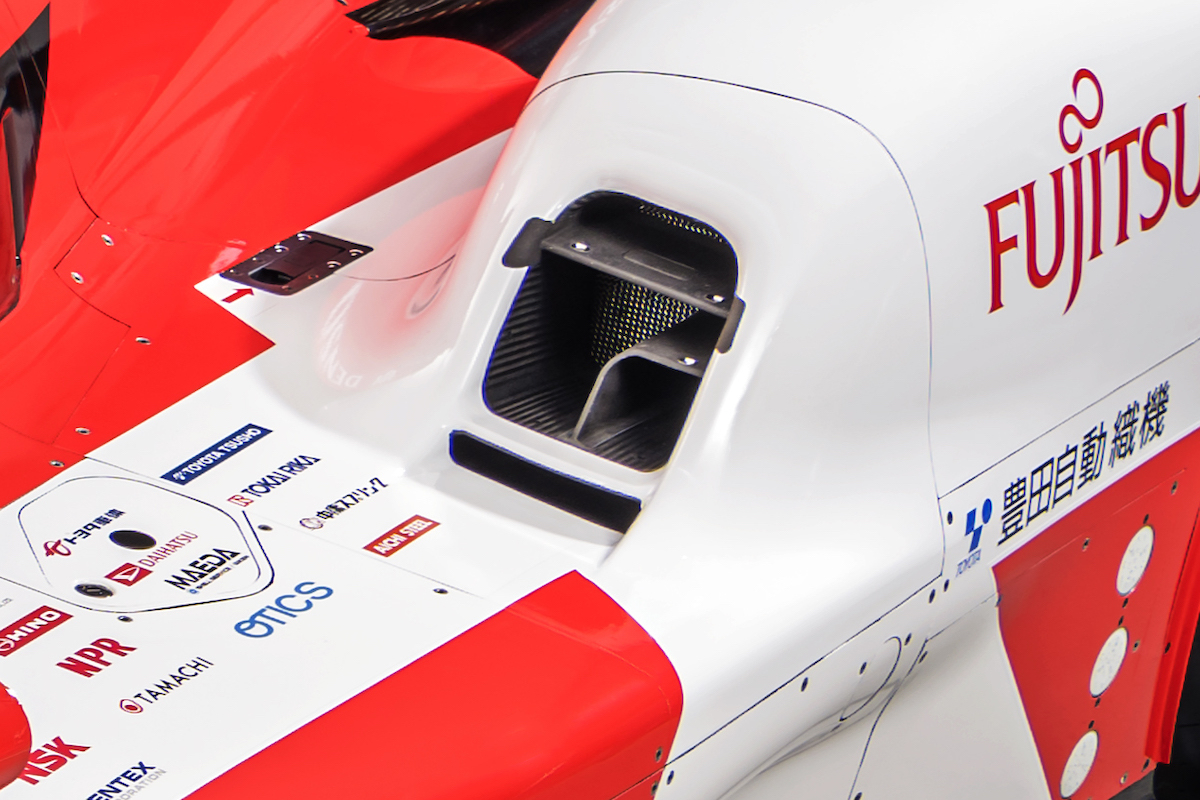
Finally, the GR010 has been fitted with a driver-adjustable anti-roll bar at the front (a nonsense imposed by the LMDh and IMSA manufacturers), while a new headlamp layout has been developed to increase visibility at night. "At Toyota, we never stand still and we are always pushing to make ever-better cars" says team principal Kamui Kobayashi. This will hardly reassure the competition...
IS TOYOTA THE FAVOURITE FOR ITS OWN SUCCESSION?
The GR010 Hybrid "Evo 2023" was tested one last time before the start of the season last week at the Paul-Ricard circuit. The opportunity for us to ask the drivers what they think of the evos.
"For the reasons you know, the car was not optimal," said Mike Conway, who will team up with José Maria Lopez and Kamui Kobayashi again. "Now we have got rid of a lot of the problems we had and the car is clearly easier to drive. It's easier to get the most out of it. We've taken a big step in the right direction."
With a much-improved car, a high level of reliability, immeasurable experience and a proven science of racing, Toyota has everything - on paper - to dominate the class. "We have more experience but we drive a lot less," Vasselon said. "The gap, in terms of the number of days of testing, is significant. Some of them drive two or three times as much as we do. As far as we are concerned, we are far from the authorised quota and we have always been so."

And the fact that you have to deal with ten rivals compared to one for the whole of last season? "What changes is not the level of the competition but the number of competitors," insists Pascal Vasselon. "With the BoP, Alpine - which relied on a reliable and easy-to-run car - was a formidable competitor. But the more you multiply the number of competitors the more complicated it is. It's a statistic. But to say that we are delighted to see the competition coming is an understatement."
However, there is still the pressure of being the favourite to deal with. "Yes and no," insists Pascal Vasselon. "Because in recent years, we had no right to make mistakes. If we had failed, nobody would have understood. Victory was considered normal, and defeat would have made us look ridiculous, even though it would not have been justified. But then again, there's definitely a lot more risk of us not winning." An eventuality that Toyota Gazoo Racing obviously categorically refuses to consider.


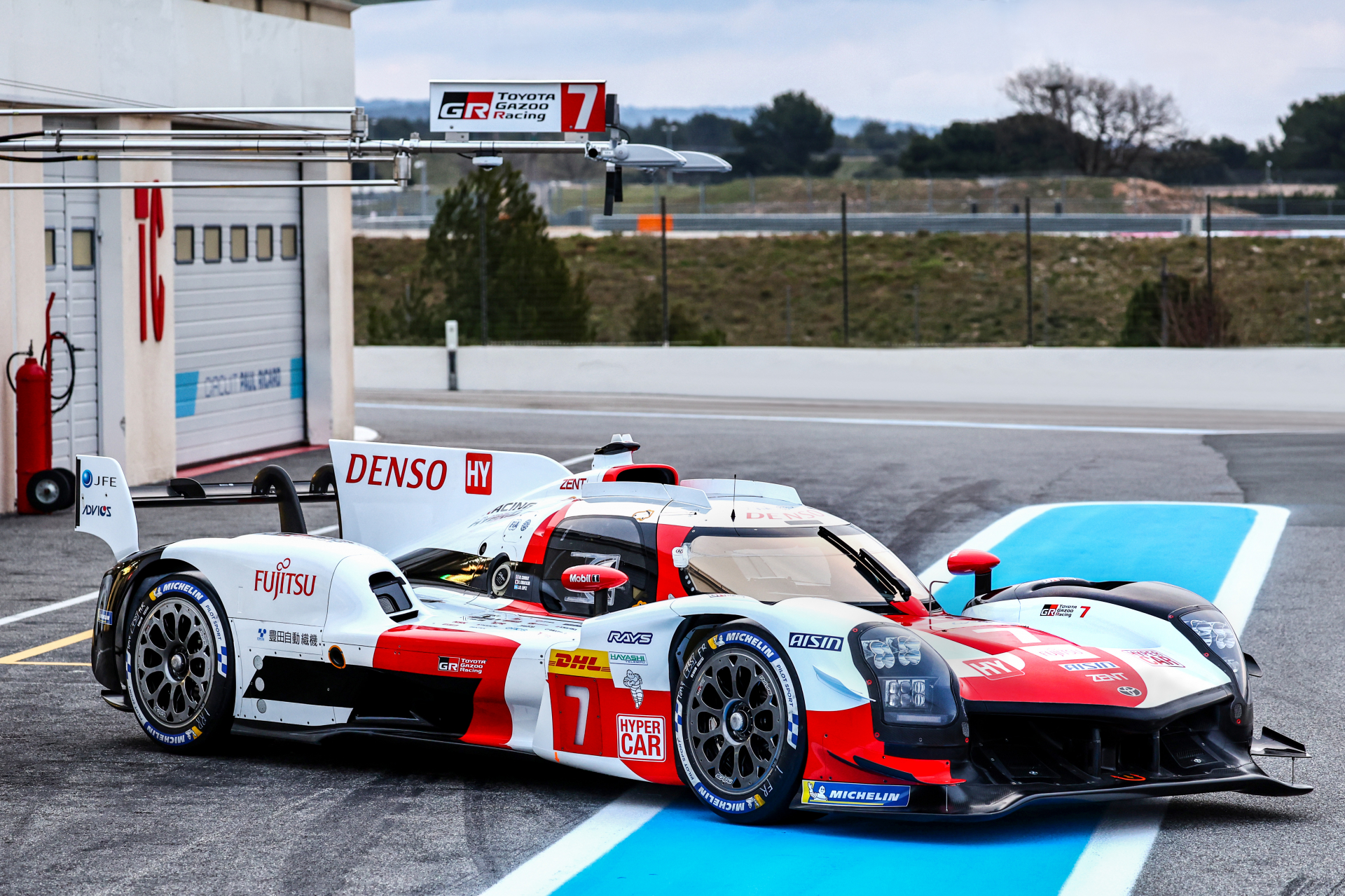

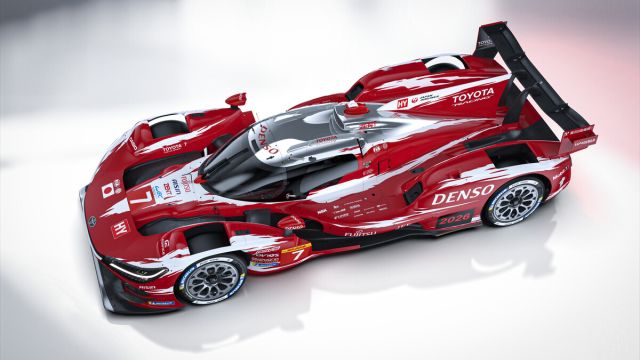

Comments
Log in to comment the article